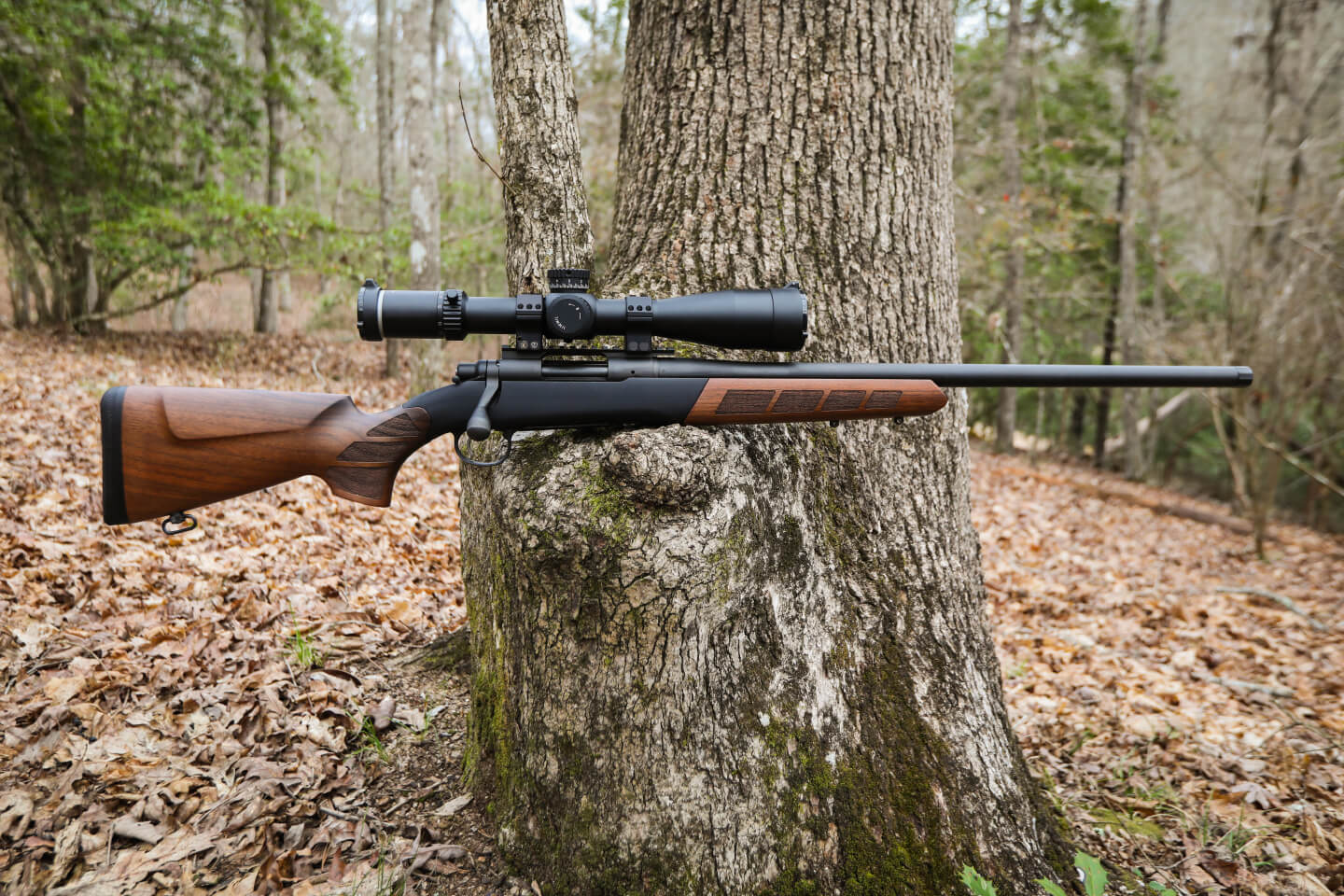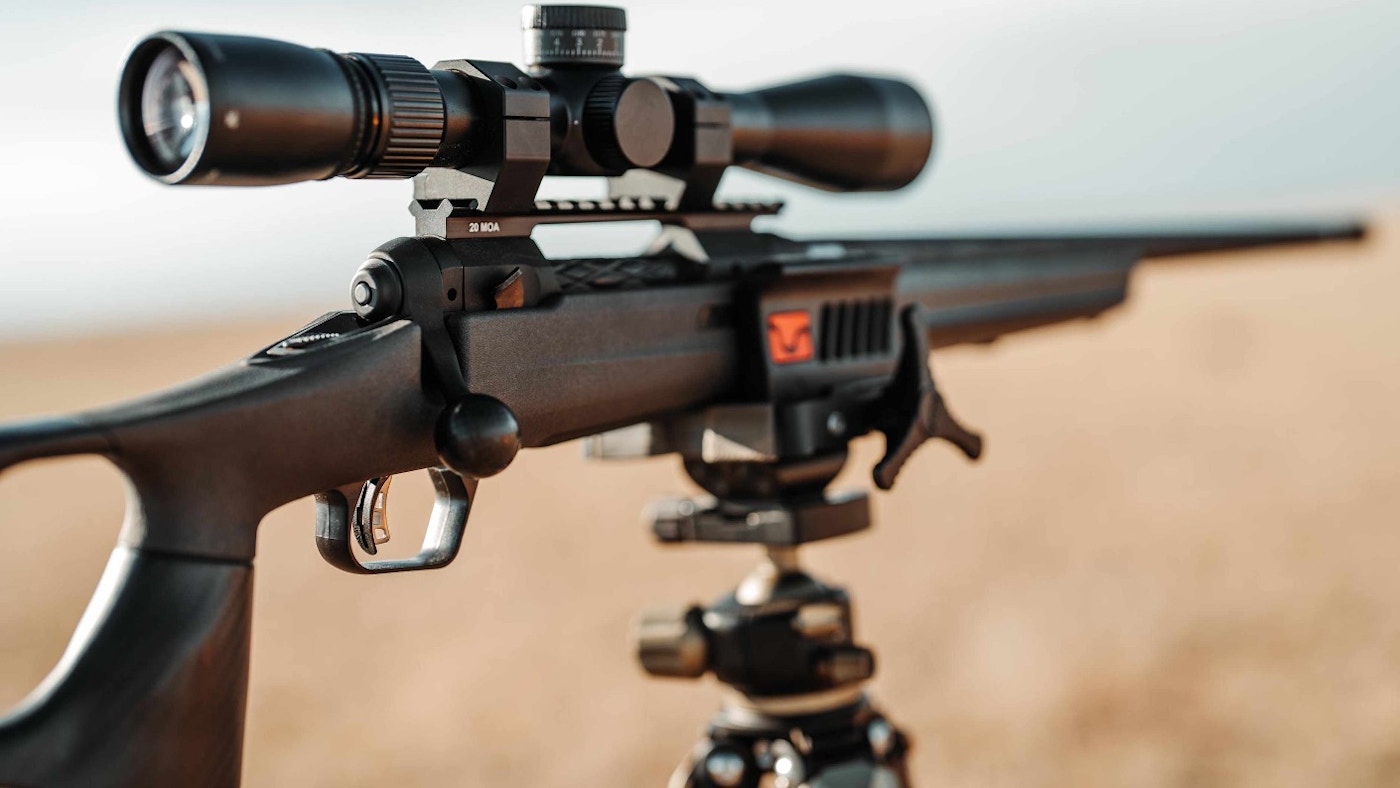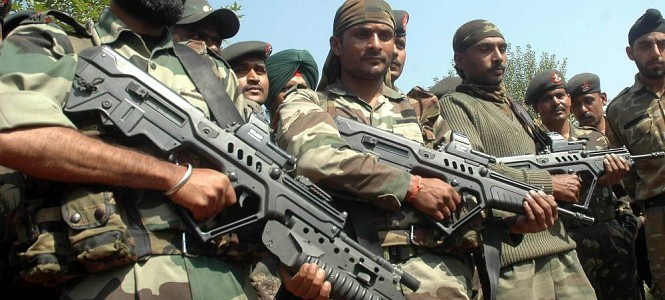Hunting rifles are one of the most important tools for hunters, offering the precision and power required to take down game at varying distances. These rifles are specifically designed for hunting purposes, whether for small game, big game, or even long-distance shooting. Their popularity spans generations and cultures, with hunters using these firearms to pursue a wide range of animals. In this article, we will explore the history, types, features, and uses of hunting rifles.
1. What is a Hunting Rifle?
A hunting rifle is a firearm designed specifically for shooting game, either for sport or sustenance. These rifles differ from military and law enforcement firearms in terms of design, caliber, and the purpose for which they are used. While hunting rifles can be used for both recreational shooting and hunting, they are designed to provide accuracy, power, and reliability in the field.
Key characteristics of hunting rifles include:
- Caliber: Hunting rifles come in a variety of calibers, with different sizes of bullets suited for different types of game. Larger calibers are generally used for bigger animals, while smaller calibers are suitable for small to medium-sized game.
- Accuracy: Accuracy is paramount for hunting rifles. These rifles are designed to shoot at long distances with precision to ensure a clean, ethical kill.
- Recoil: Recoil is a consideration in hunting rifles, especially for larger calibers. Manufacturers design hunting rifles to minimize recoil to ensure accuracy and comfort during prolonged use.
- Durability: Hunting rifles are designed to withstand outdoor conditions, including rain, mud, and rough handling. Many models are weatherproofed to ensure they perform reliably under challenging conditions.
2. History of Hunting Rifles
The history of hunting rifles dates back to the invention of firearms and rifling techniques. Rifles, in general, became an essential tool for both military and civilian purposes, but hunting rifles have a unique evolution tied to the development of more accurate and powerful guns.
- Early Development: The earliest hunting firearms were smoothbore muskets, which were inaccurate and unreliable at long distances. However, in the 16th century, the introduction of rifled barrels—barrels with grooves carved into the inside to spin the bullet—marked a significant improvement in accuracy. These rifles allowed for more consistent hits on targets at greater distances.
- 19th Century: The 1800s saw the development of the first modern hunting rifles. The Percussion Cap system, invented in the early 1800s, improved reliability and reloading speed. During this period, many of the most iconic rifle designs, such as the Winchester Model 1873, emerged, which were chambered in calibers specifically designed for hunting.
- 20th Century: With the advent of smokeless powder, rifle design advanced dramatically. During the 20th century, hunting rifles became more refined and accessible to hunters of all types. New materials, like synthetic stocks and advanced recoil reduction technologies, were introduced to improve performance and comfort.
- Modern Hunting Rifles: Today’s hunting rifles are extremely diverse in design and function, offering hunters a wide array of choices. Advances in optics, such as high-powered scopes, and ammunition technology, including magnum calibers and polymer-tip bullets, have helped improve the accuracy, power, and range of modern hunting rifles.
3. Types of Hunting Rifles
Hunting rifles are not a one-size-fits-all solution. Depending on the type of game being hunted and the conditions in which the hunting occurs, different types of rifles are preferred. Here are some of the most popular types of hunting rifles:
- Bolt-Action Rifles: Bolt-action rifles are the most popular and widely used hunting rifles. They are known for their reliability, accuracy, and simplicity. With a bolt-action rifle, the shooter must manually cycle the bolt to load a round, eject the spent cartridge, and chamber the next round. These rifles are favored for their precision and are used for a variety of hunting scenarios, from deer hunting to big-game hunting. Examples: Remington 700, Winchester Model 70, Savage Model 110.
- Lever-Action Rifles: Lever-action rifles are another traditional design, popularized in the late 19th century. These rifles are loaded and cycled using a lever beneath the trigger guard. They are typically lighter and faster to cycle than bolt-action rifles, making them a good choice for close-range hunting. Examples: Marlin 336, Winchester Model 94.
- Semi-Automatic Rifles: Semi-automatic rifles fire one shot per trigger pull, with each round automatically chambered after the previous shot is fired. While semi-automatics are more common in military and tactical applications, they are also used for hunting, particularly for varmint hunting or for hunters who want to reduce the time between shots. Examples: Browning BAR, Remington 7400.
- Pump-Action Rifles: Pump-action rifles operate similarly to shotguns, where the shooter must cycle the pump to load and eject cartridges. While less common for hunting compared to bolt-action or lever-action rifles, pump-action rifles are still used in some applications, especially for small game or for situations where rapid follow-up shots are needed. Examples: Remington 7600, Winchester Model 12.
- Single-Shot Rifles: Single-shot rifles are the simplest form of hunting rifle, firing only one shot before the shooter must manually reload. While less common in modern hunting, they are still prized for their simplicity, accuracy, and weight. Single-shot rifles are often used by hunters who value precision and are hunting large game. Examples: H&R Break Action, Thompson/Center Encore.
- Double-Barrel Rifles: These rifles feature two barrels, often side-by-side or over-and-under, allowing hunters to fire two rounds without needing to reload. They are often used for hunting large, dangerous game, particularly in Africa, due to their powerful calibers and quick follow-up shot capability. Examples: Krieghoff drilling, Merkel double rifle.
4. Key Features of Hunting Rifles
When selecting a hunting rifle, several key features should be considered. These factors affect the rifle’s performance, comfort, and suitability for specific hunting needs:
- Caliber: The caliber of a hunting rifle determines its power and suitability for certain types of game. Common calibers for big game hunting include:
- .30-06 Springfield – Great for large game like elk, moose, and bear.
- .308 Winchester – A popular and versatile caliber for both medium and large game.
- .223 Remington – Commonly used for varmint hunting and smaller game like coyotes.
- 7mm Remington Magnum – Offers extended range and power for large game.
- Stock: The stock of a rifle affects both comfort and accuracy. Stocks can be made from wood, synthetic materials, or fiberglass, and each has its advantages. Wooden stocks are traditional and aesthetically pleasing, while synthetic stocks are lightweight, weather-resistant, and durable.
- Optics and Scopes: Scopes are essential for precision at long distances. Modern hunting rifles are often equipped with high-quality optics that allow hunters to clearly view targets at extended ranges. The type of scope will depend on the hunting environment, with different magnifications suited for different distances and types of game.
- Recoil Management: Recoil is a key consideration in hunting rifles, especially for larger calibers. Many modern rifles are designed with recoil pads and muzzle brakes to reduce the impact of recoil, improving accuracy and comfort during prolonged shooting.
- Weight: Depending on the hunting terrain, the weight of a rifle can be a deciding factor. Lightweight rifles are ideal for hunting in rugged or mountainous terrain, while heavier rifles might be better for stationary hunts where stability is more important.
5. Hunting Rifle Uses
Hunting rifles are used for a wide range of hunting activities. The type of rifle chosen depends on the specific game being pursued and the environment:
- Big-Game Hunting: For large animals like deer, elk, moose, and bears, hunters typically use high-powered bolt-action or lever-action rifles chambered in calibers such as .30-06, .308, or .338. These rifles are designed to deliver enough power to ethically kill large game with a single shot.
- Small-Game Hunting: Small-game hunters use lighter, smaller-caliber rifles, such as the .22 Long Rifle, for animals like rabbits, squirrels, and birds. Semi-automatic and single-shot rifles are commonly used in small-game hunting due to their portability and rapid-fire capabilities.
- Varmint Hunting: For hunting animals like coyotes, prairie dogs, or groundhogs, hunters often opt for rifles chambered in varmint calibers like .223 Remington or .204 Ruger. These rifles are designed for long-range accuracy and minimal recoil.
- Safari Hunting: In Africa and other regions, safari hunters use large-caliber rifles like the .375 H&H Magnum or .416 Rigby for dangerous game such as lions, buffalo, or elephants. Double-barrel rifles are often favored in these situations for their quick follow-up shots.
6. Conclusion
Hunting rifles are an essential part of the hunting experience, offering hunters the precision, power, and reliability required to succeed in the field. From bolt-action and lever-action rifles for big game to small-caliber rifles for varmint hunting, there are countless options available for hunters of all levels.
When selecting a hunting rifle, it’s important to consider factors such as the type of game, caliber, rifle weight, and other features to ensure a successful and ethical hunt. With modern advancements in materials, optics, and ammunition, hunting rifles have become more accurate and versatile, helping hunters continue the age-old tradition of hunting while respecting wildlife and the environment.



